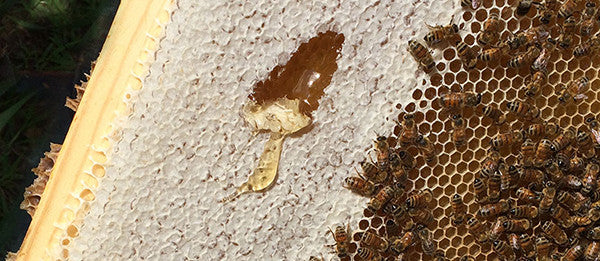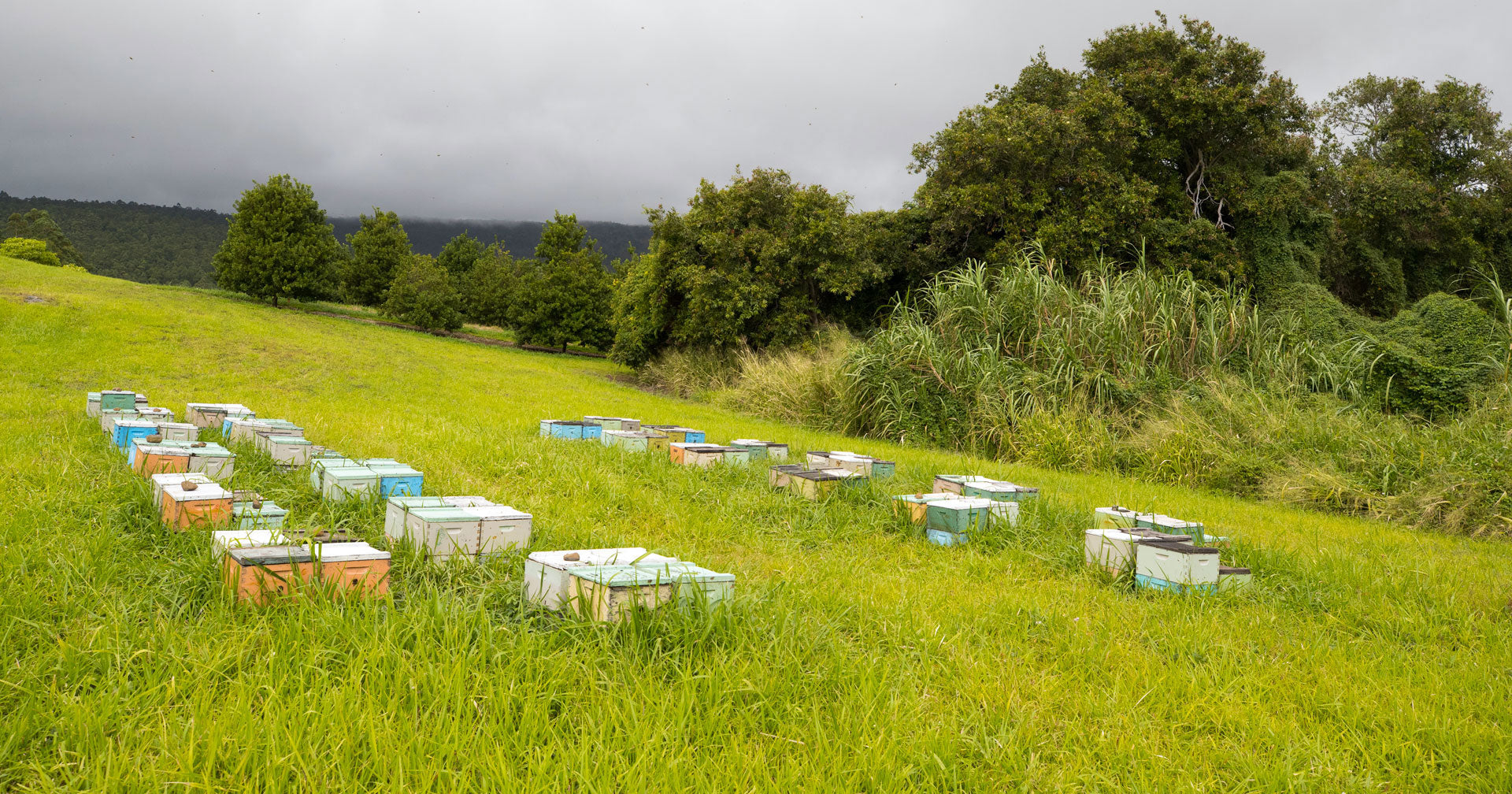
In an interesting article written by Food Safety News, they tested honey from major grocery stores all over the U.S. and found that 75% of the honey tested contained no pollen in it. The problem with this is that most world food safety agencies state that honey that contains no pollen is not true honey. NPR’s food blog, the salt, posted a rebuttal to this article stating that some honey companies choose to ultra filter their honey to remove the pollen to keep their honey from crystallizing. Therefore, the pollen test is not a fair way to test whether honey is really honey.
What is Ultra Filtering?
Ultra filtering is a high-tech procedure where honey is heated, sometimes watered down and then forced at high pressure through extremely small filters to remove pollen, which is the only foolproof sign identifying the source of the honey. It is a spin-off of a technique refined by the Chinese, who have illegally dumped tons of their honey – some containing illegal antibiotics – on the U.S. market for years.” -Food Safety News.
What's our take on all this?
Honey is nectar from flowers mixed with bee enzymes and pollen. When you pasteurize honey, the enzymes are killed. When you ultra filter honey, the pollen is removed. What you are left with is not honey, but a sugar syrup variation of honey.
How to know what's in your honey
Buying organic honey, raw honey and/or local honey is always the best way to go. “Raw” is the term beekeepers use to let the consumer know their honey has not been pasteurized or ultra filtered. If you’re not sure if the honey is raw or had the pollen filtered out, contact the company and ask them. Most beekeepers are happy to explain how they harvest their honey.



